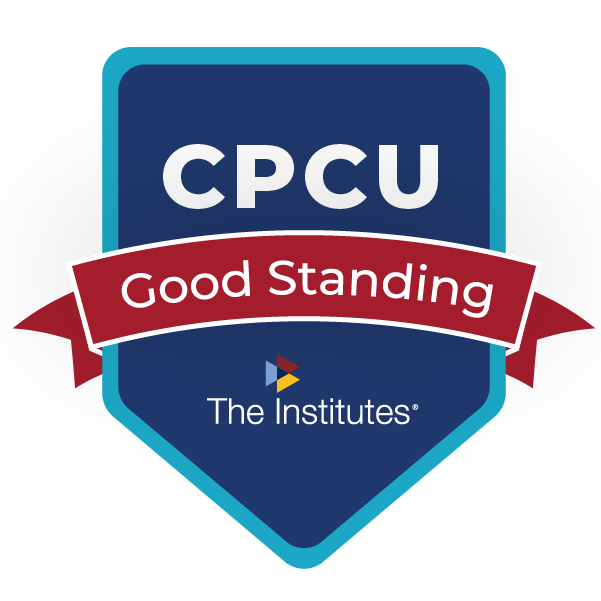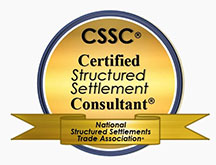Structured Settlements: Policy Limits
Fifth in a series of blog posts dedicated to helping clients decide when a structured settlement should be considered.

Today’s Installment: Policy Limits
May 17, 2019 – People and businesses buy liability insurance to protect against personal or corporate financial loss when lawsuits are brought against them.
Resolving lawsuits can be problematic enough under the best of circumstances. But when accidents are severe enough and/or the liability limits too low to adequately compensate the plaintiff for their loss, the challenge is magnified.
Structured settlements can play a vital role in those situations where the accepted value of the case exceeds the policy limits.
Enhanced Value at No Additional Cost
For starters, structured settlements increase the overall value of a personal injury settlement at no additional cost by increasing the total payout on a tax-advantaged basis.
Structured settlement payments flow tax-free to the plaintiff if damages are on account of personal, physical injury or sickness and tax-deferred if the alleged injuries are non-physical in nature.
Lawsuits anticipating recovery for future wage loss, future medical care or future pain and suffering are ideal candidates for structured settlements. By tying the demand to the payout in future terms instead of its present value, payments made over time better address the plaintiff’s concerns.
Insured Protection
Insurance which exists to compensate victims for covered losses can prove inadequate once the limits are exhausted. Absent a sufficient umbrella policy, an insured’s personal or business assets often become exposed.
It’s conceivable that a policy limits case can be structured in such a way that attorney fees, liens and the plaintiff’s immediate cash needs are met up front, with the remainder paid out over time on a tax-advantaged basis.
Example: A $1,000,000 policy limits case might be structured with $500,000 paid up front while the other $500,000 is used to generate $1,000,000 over time. In this instance, the $1,000,000 limits case becomes a settlement worth $1,500,000 with added tax benefits.
As a practical matter, most litigants aren’t eager to force the defendant to contribute personally to the settlement (though there are definitely notable exceptions) if only because of the additional layers of difficulty involved. The defendant may have to sell property or could even file for bankruptcy to avoid responsibility which increases the risk a plaintiff assumes when pursuing compensation exceeding policy limits.
For the insurer, protecting their policyholder is high on the list of duties owed when evaluating the claim value.
Caveat: Defendants need to respond to policy limits demands very carefully. In some states, a response to a policy limits demand which could be interpreted as a counteroffer can uncap the policy forcing the defense carrier to pay beyond its policy limit.
If the defense wishes to make a structured settlement available in response to an otherwise acceptable policy limits demand (i.e. say the demand is for the $100,000 policy limit when the obvious damage exceeds ten times that amount), it should be clearly indicated that the policy limit demand is accepted.
Good Faith
Sometimes the plaintiff files an uninsured or underinsured motorist claim against their own insurance company. In these situations when the policy limits are going to be paid, it’s simply good business to make a structured settlement option available. It allows the plaintiff (who is also the carrier’s insured) to take advantage of one of the best settlement options available.
Insurance carriers who make them available to their customers can receive “free PR” for their efforts when their policyholders are made aware of the many positive attributes structured settlement contain.
Satisfied clients talk. As do unhappy ones. Passing along an opportunity to gain something of greater value when they are under no legal obligation to do so speaks volumes about the company providing the insurance and the attorney representing the plaintiff.
More Money This Way
Structured settlements allow litigants to resolve their differences within insurance policy limits while providing enhanced value which exceeds those limits.
Plaintiffs whose immediate needs are too great may not be able to take advantage of this opportunity. But for those whose complaint includes future needs, a structured settlement is always going to be a smart choice.
No reason to deny someone such an excellent opportunity whenever a policy limit claim is being negotiated.
Posted: May 17, 2019 | by dan | Category: Articles, Blog, Structured Settlements | Tags: lawsuit, personal injury, policy limits, structured settlements

















